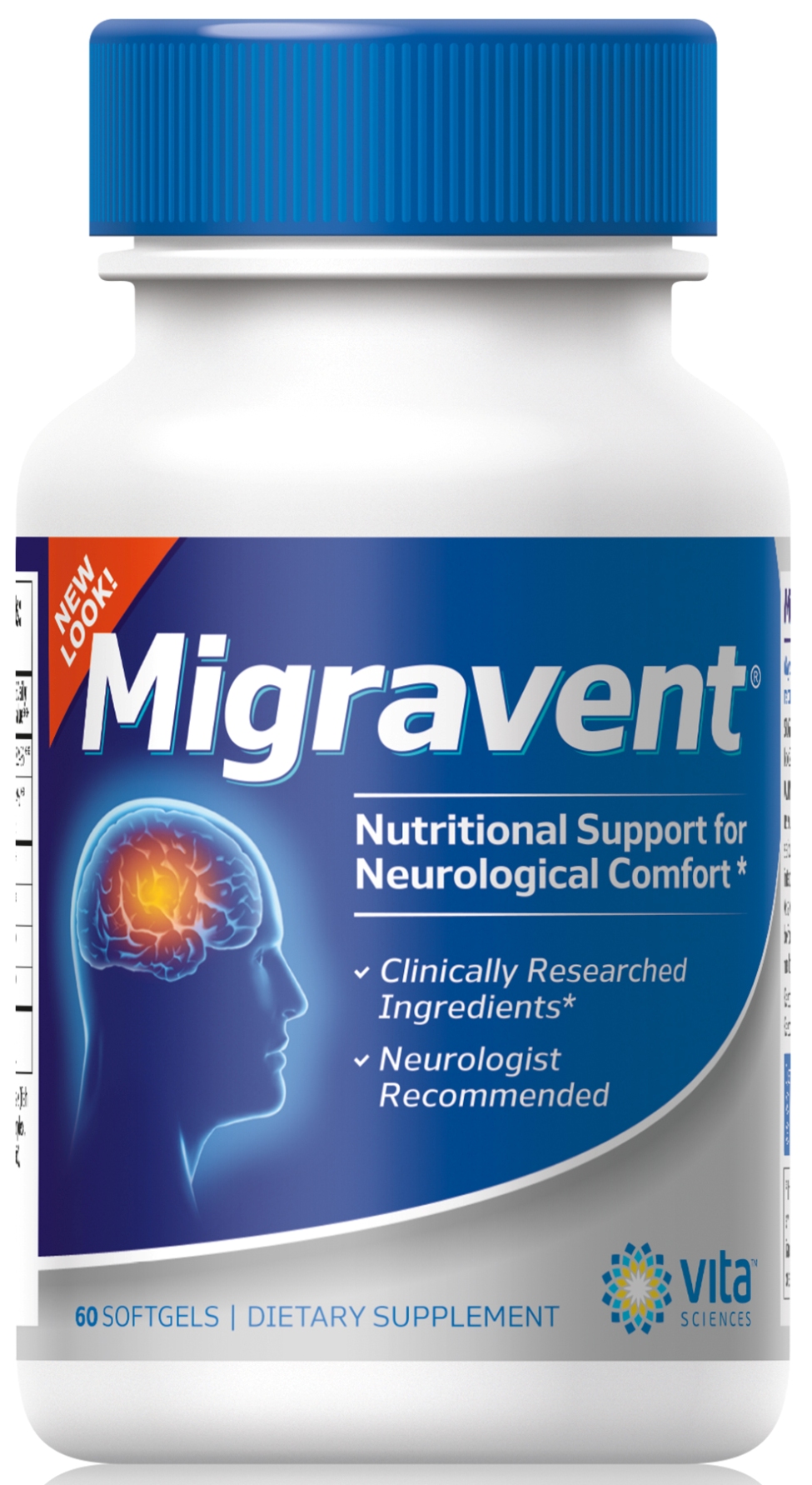Topamax (topiramate) is one of the most widely prescribed drugs for migraines, but it carries many precautions. Before considering Topamax for migraine headache prevention, learn more about the possible debilitating side effects by talking to other topiramate users and reading the manufacturer’s warnings.
What is Topamax?
Topamax is an anti-epileptic drug that is prescribed for preventing epileptic seizures, as well as for migraine prophylaxis.
Many migraine doctors are quick to prescribe Topamax, often without warning their patients about possible painful side effects that can be worse than the migraine headaches themselves.
While side effects of Topamax can vary widely for each user, debilitating conditions such as mental impairment, partial blindness, and mobility disorders have shown up repeatedly in numerous scientific studies focusing on Topamax for migraines and epilepsy.
Topamax side effects
The following side effects are significantly correlated to both short-term and long-term Topamax prescription for chronic migraine headaches.
1) Blindness
Vision problems such as acute myopia and glaucoma are listed as a potential side effect of even short-term Topamax usage. Symptoms include nearsightedness, blurry vision, and sharp eye pain.
If you start having vision problems or severe pain in the eye area while using Topamax for migraines or epilepsy, see an eye doctor or ophthalmologist immediately. Don’t wait, because you may have only a small window of opportunity to have your vision restored back to normal.
2) Dementia
Cognitive impairment is one of the most common side effects associated with Topamax in migraine patients, causing mental confusion, memory loss and inability to concentrate, in addition to aphasia symptoms- speech and language problems, difficulty finding the right words to communicate.
3) Mental illness
Migraine patients who use Topamax are twice as likely to suffer emotional distress as non-Topamax users. Symptoms include suicidal thoughts, anxiety, paranoia, deep depression, and disturbing nightmares.
4) Fetal Toxicity
Babies conceived or born to mothers using Topamax for migraine headaches or epilepsy have an increased risk for cleft lip, cleft palate (oral clefts, craniofacial defects, and reduced fetal weights.
5) Hyperammonemia
Topamax may cause an increase of ammonia in the blood, a condition that may lead to brain injury or death.
6) Kidney stones
Migraine sufferers who use long-term Topamax treatments are at risk for excruciatingly painful kidney stones resulting from metabolic acidosis. As a precaution, drink about 100 ounces of water each day.
7) Mobility problems
Topamax may cause damage to the nervous system, resulting in difficulty controlling muscle movement, poor hand-eye coordination, and constant painful numbness and tingling.
8) Heart attack-like symptoms
Topamax usage is linked with an increase in visits to the ER for symptoms that mimic heart attack, such as chest pain and palpitations. Because migraines are already associated with increased risk for heart attack, Topamax users need to be extra careful in monitoring their cardiovascular health.
9) Seizures
Because topiramate is an anti-seizure drug, migraine patients who try to wean off Topamax may suffer seizures as part of withdrawal symptoms; even migraine headache sufferers who have never experienced an epileptic seizure before may begin to experience seizures during the onset of the weaning program.
10) Carcinogenesis
Mice that were given Topamax as part of a scientific trial were more likely to develop urinary bladder tumors than those given a placebo drug.
Natural migraine support
If you’re considering weaning off Topamax, or if you’re just looking for some time-tested and scientifically-proven nutrients that produce good results with migraines, then consider supplementing with natural butterbur root extracts, vitamin B2 (riboflavin), magnesium, and coenzyme Q10.
All four- butterbur, CoQ10, vitamin B2, and magnesium- when used together continue to produce the most favorable results, even in patients who have suffered migraines for several years without respite.
Your turn!
Do you have any questions or suggestions? Please leave your comments below.
Share with your friends!
If you found this article helpful, then please share with your friends, family, and coworkers by email, twitter, or Facebook.
Like this? Read more:
OTC Painkillers- How do they Work, What are the Risks?
Top 25 Natural Migraine Treatments: Vitamins, Minerals, and Herbs
Social Security Disability for Migraine- 5 Tips for Filing
Sources:
Topamax (Topiramate) Drug Information
Image courtesy of foto76/freedigitalphotos



